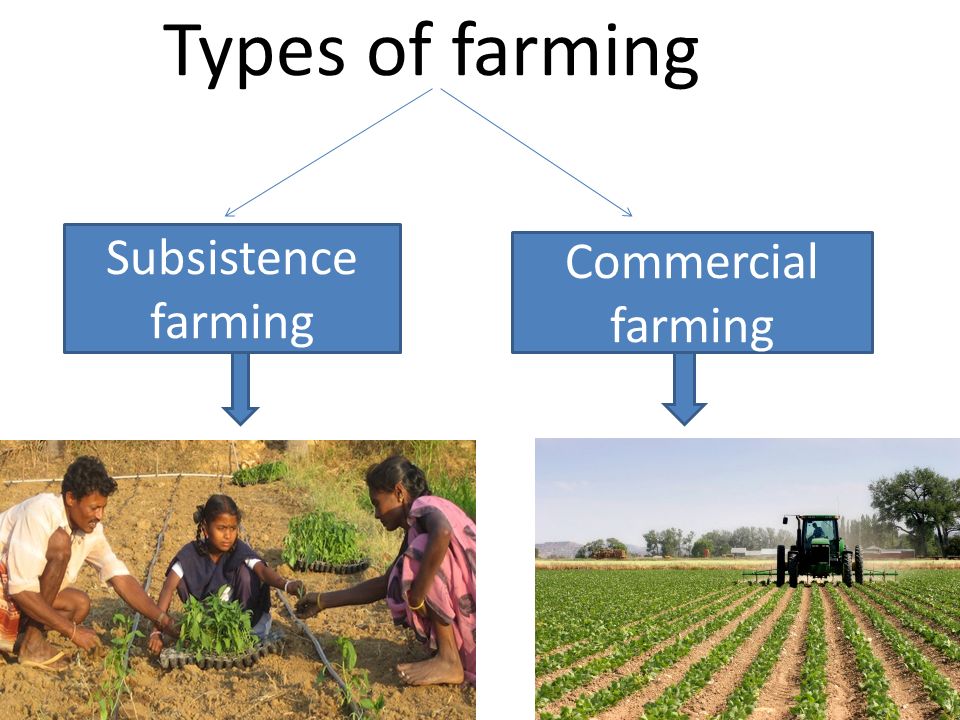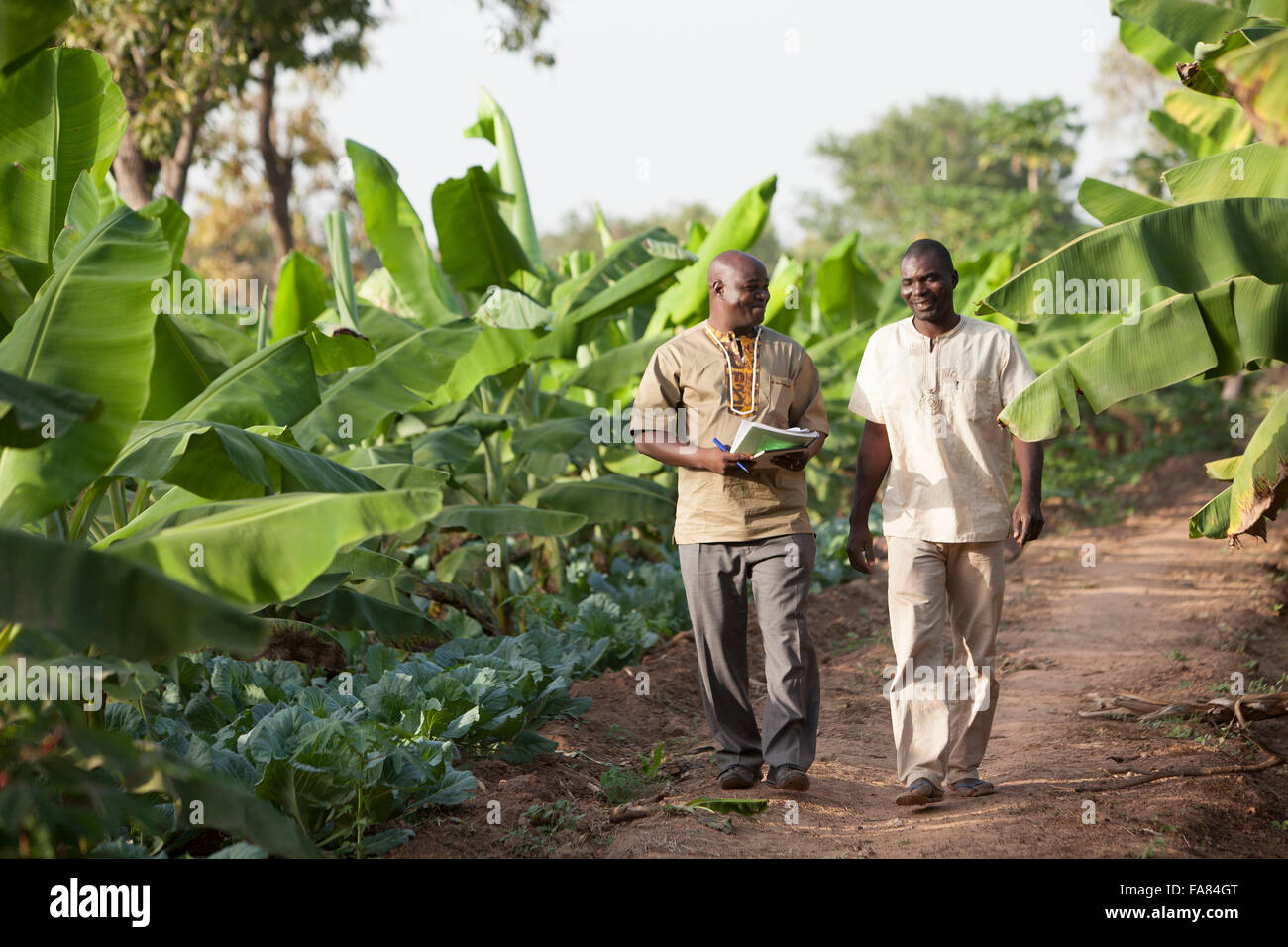Reviewing Sustainability: Commercial Farming vs Subsistence Farming Approaches
Reviewing Sustainability: Commercial Farming vs Subsistence Farming Approaches
Blog Article
Understanding the Effect of Chemical-free Farming on Environmental Wellness
The expedition of natural farming's influence on ecological wellness presents a compelling story of ecological balance and sustainability. By prioritizing all-natural processes over artificial treatments, chemical-free farming practices use an encouraging remedy to some of the most pressing ecological obstacles. The possibility for improved dirt fertility and lowered contamination are only the beginning of the more comprehensive implications for biodiversity and environment durability. The true degree of these benefits and their lasting practicality stay subjects of ongoing research and debate. What exists below the surface of these practices may redefine our understanding of lasting farming.
Enhancing Dirt Fertility
Enhancing soil fertility is a cornerstone of natural farming, as it directly impacts plant yield and environmental sustainability. Organic methods focus on the natural enrichment of soil wellness, largely with using raw material such as compost, green manure, and cover plants. These techniques boost soil framework, water retention, and nutrition availability, cultivating a prospering community of microbes and useful bugs that add to dirt wellness.
Organic farming eschews artificial fertilizers, deciding instead for all-natural modifications that advertise balanced nutrient biking. This approach not just replenishes vital nutrients like potassium, phosphorus, and nitrogen however also improves the dirt's capacity to sequester carbon, mitigating environment change impacts. The assimilation of plant turning and polyculture practices additionally adds to soil fertility by stopping vitamins and mineral exhaustion and reducing pest pressure.
Additionally, the emphasis on keeping living origins year-round via cover chopping assists lower soil erosion and advertise biodiversity. This biological diversity is crucial for sustainable agriculture, as it supports strength versus conditions and parasites. In recap, chemical-free farming's emphasis on boosting dirt fertility not just increases productivity however additionally lines up with more comprehensive environmental goals, guaranteeing long-term farming viability and ecological equilibrium.
Lowering Contamination
Mitigating air pollution is a basic aspect of natural farming, which emphasizes sustainable agricultural practices that reduce ecological effect. By avoiding synthetic fertilizers and pesticides, natural farming dramatically lowers the leaching of hazardous chemicals into soil and water systems. This method not only safeguards water environments yet also makes sure the purity of groundwater, a critical source for animal and human usage. Natural farming's dependence on natural fertilizers, such as compost and environment-friendly manure, more boosts soil health without presenting toxins.
In addition, natural farming methods contribute to air top quality enhancement. Natural farming commonly involves crop turning and cover cropping, techniques that improve carbon sequestration and reduce greenhouse gas emissions.
In addition, organic qualification standards impose rigorous guidelines on waste monitoring, ensuring that farming residues are managed in an eco responsible manner. These procedures collectively diminish the contamination worry on the setting, advertising a cleaner, healthier environment. Hence, chemical-free farming plays a pivotal function in curbing contamination and cultivating lasting agricultural landscapes.
Encouraging Biodiversity
Usually, chemical-free farming plays an essential function in promoting biodiversity by promoting a varied ecosystem within agricultural landscapes. This method accepts natural procedures, preventing synthetic chemicals and genetically changed organisms, which can interrupt neighborhood plants and animals. By using plant rotation, polyculture, and the maintenance of all-natural environments, chemical-free farming supports a selection of varieties, from dirt microorganisms to pollinators and killers that naturally manage pest populations.
One of the crucial aspects of chemical-free farming that improves biodiversity is the emphasis on keeping and improving soil wellness. Healthy soils offer as habitats for a wide variety of organisms, contributing to nutrition biking and ecological community strength. The evasion of synthetic pesticides and plant foods decreases hazardous overflow, shielding surrounding ecosystems and water bodies from contamination, which usually results in a richer biodiversity in surrounding areas.
Furthermore, organic farms often integrate barrier areas, hedgerows, and cover plants, which offer extra habitats and food resources for wildlife. These features create corridors for animal motion and boost hereditary variety within populations. By advertising eco-friendly equilibrium and resilience, natural farming assists maintain different life forms, eventually adding to the stability and efficiency of agricultural systems and the wider environment.
Conserving Water Resources
Organic farming my blog considerably adds to the conservation of water resources through lasting practices that boost water effectiveness and minimize contamination. By highlighting dirt health, chemical-free farming boosts the soil's ability to preserve moisture, hence minimizing the need for too much irrigation. Techniques such as plant turning, cover cropping, and the use of raw material enhance the dirt framework, boosting its water retention ability. This technique not only preserves water yet also guarantees the strength of crops during periods of dry spell.
In addition, chemical-free farming minimizes water pollution linked here by removing artificial plant foods and chemicals, which are typical impurities in standard agriculture. The reliance on natural parasite control approaches and organic inputs minimizes the overflow of unsafe compounds into water bodies, protecting water communities and keeping the quality of water sources. This technique aids secure biodiversity in rivers and sustains the wellness of neighborhoods reliant on these water resources.
Moreover, natural farmers commonly apply rain harvesting systems and utilize drip irrigation methods that efficiently provide water directly to plant roots, better enhancing water use. These strategies collectively add to the lasting administration of water sources, ensuring their accessibility for future generations while supporting agricultural productivity.

Boosting Carbon Sequestration
Enhancing carbon sequestration is one of the crucial benefits of organic farming methods, which play an important function in mitigating climate adjustment. By promoting healthier soil communities, organic farming boosts the soil's ability to store and record carbon dioxide from the environment.

In addition, natural farming lowers reliance on synthetic plant foods, which are connected with greenhouse gas discharges during their production and application. By cultivating a shut nutrient cycle, natural systems reduce emissions while recording more carbon in the soil. As a result, natural farming stands for a lasting method to resolving worldwide climate challenges.
Conclusion
The effect of click to find out more natural farming on environmental wellness is extensive, as it boosts dirt fertility, minimizes pollution, and advertises biodiversity. By focusing on lasting practices and natural amendments, organic farming decreases chemical drainage, shielding water environments. Methods such as crop turning and cover chopping add to carbon sequestration and water preservation, fostering resistant agricultural systems. This holistic strategy supports the well-being of the setting, highlighting the important role of natural farming in advancing lasting farming methods (commercial farming vs subsistence farming).
Enhancing soil fertility is a keystone of organic farming, as it directly influences plant yield and environmental sustainability. Organic techniques prioritize the natural enrichment of dirt wellness, mostly through the use of natural matter such as compost, environment-friendly manure, and cover plants. By avoiding synthetic fertilizers and chemicals, organic farming dramatically minimizes the leaching of damaging chemicals right into dirt and water systems. By highlighting soil health, natural farming enhances the dirt's capacity to retain wetness, therefore lowering the requirement for too much irrigation. By promoting healthier soil ecosystems, organic farming enhances the dirt's capability to record and store carbon dioxide from the environment.
Report this page